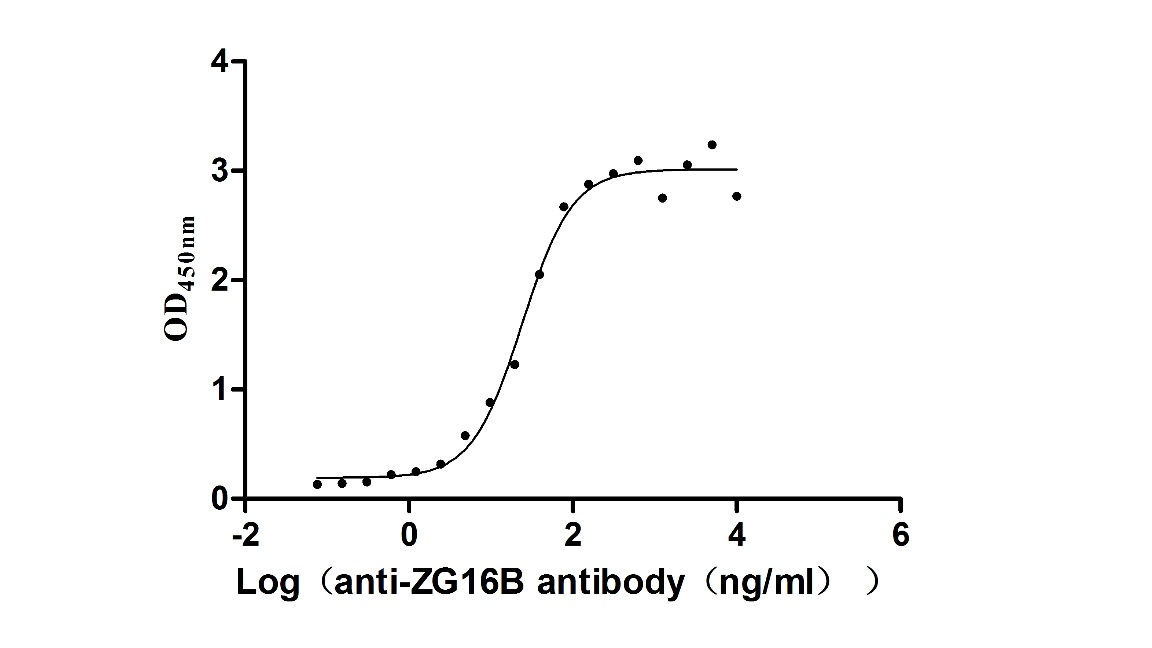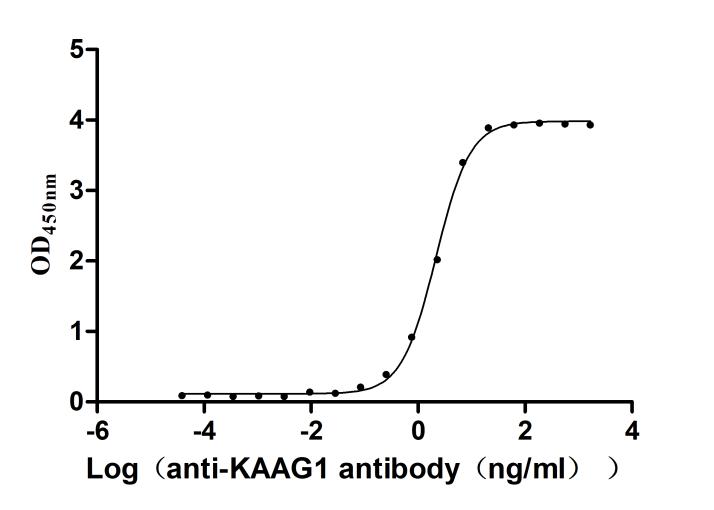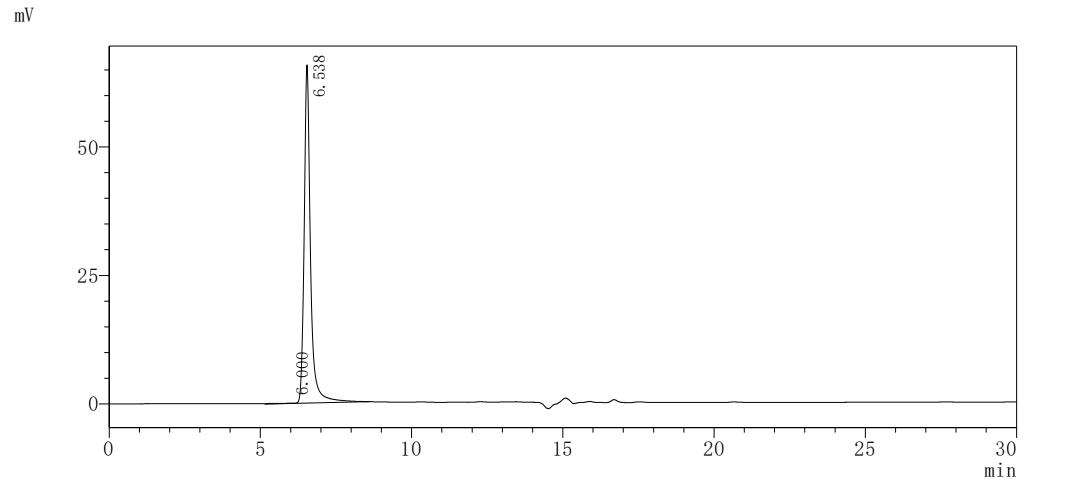Recombinant Rat Sphingosine 1-phosphate receptor 2 (S1pr2)
-
中文名稱:大鼠S1pr2重組蛋白
-
貨號:CSB-CF020651RA
-
規(guī)格:¥6240
-
圖片:
-
其他:
產(chǎn)品詳情
-
純度:Greater than 85% as determined by SDS-PAGE.
-
基因名:
-
Uniprot No.:
-
種屬:Rattus norvegicus (Rat)
-
蛋白長度:Full Length
-
來源:in vitro E.coli expression system
-
分子量:41.6 kDa
-
表達(dá)區(qū)域:1-352aa
-
氨基酸序列MGGLYSEYLNPEKVQEHYNYTKETLDMQETPSRKVASAFIIILCCAIVVENLLVLIAVARNSKFHSAMYLFLGNLAASDLLAGVAFVANTLLSGPVTLSLTPLQWFAREGSAFITLSASVFSLLAIAIERQVAIAKVKLYGSDKSCRMLMLIGASWLISLILGGLPILGWNCLDHLEACSTVLPLYAKHYVLCVVTIFSVILLAIVALYVRIYFVVRSSHADVAGPQTLALLKTVTIVLGVFIICWLPAFSILLLDSTCPVRACPVLYKAHYFFAFATLNSLLNPVIYTWRSRDLRREVLRPLLCWRQGKGATGRRGGNPGHRLLPLRSSSSLERGLHMPTSPTFLEGNTVV
Note: The complete sequence may include tag sequence, target protein sequence, linker sequence and extra sequence that is translated with the protein sequence for the purpose(s) of secretion, stability, solubility, etc.
If the exact amino acid sequence of this recombinant protein is critical to your application, please explicitly request the full and complete sequence of this protein before ordering. -
蛋白標(biāo)簽:C-terminal 10xHis-tagged
-
產(chǎn)品提供形式:Liquid or Lyophilized powder
Note: We will preferentially ship the format that we have in stock, however, if you have any special requirement for the format, please remark your requirement when placing the order, we will prepare according to your demand. -
緩沖液:If the delivery form is liquid, the default storage buffer is Tris/PBS-based buffer, 5%-50% glycerol. If the delivery form is lyophilized powder, the buffer before lyophilization is Tris/PBS-based buffer, 6% Trehalose.
-
復(fù)溶:We recommend that this vial be briefly centrifuged prior to opening to bring the contents to the bottom. Please reconstitute protein in deionized sterile water to a concentration of 0.1-1.0 mg/mL.We recommend to add 5-50% of glycerol (final concentration) and aliquot for long-term storage at -20℃/-80℃. Our default final concentration of glycerol is 50%. Customers could use it as reference.
-
儲存條件:Store at -20°C/-80°C upon receipt, aliquoting is necessary for mutiple use. Avoid repeated freeze-thaw cycles.
-
保質(zhì)期:The shelf life is related to many factors, storage state, buffer ingredients, storage temperature and the stability of the protein itself.
Generally, the shelf life of liquid form is 6 months at -20°C/-80°C. The shelf life of lyophilized form is 12 months at -20°C/-80°C. -
貨期:Delivery time may differ from different purchasing way or location, please kindly consult your local distributors for specific delivery time.
-
注意事項(xiàng):Repeated freezing and thawing is not recommended. Store working aliquots at 4°C for up to one week.
-
Datasheet & COA:Please contact us to get it.
相關(guān)產(chǎn)品
靶點(diǎn)詳情
-
功能:Receptor for the lysosphingolipid sphingosine 1-phosphate (S1P). S1P is a bioactive lysophospholipid that elicits diverse physiological effects on most types of cells and tissues. Receptor for the chemokine-like protein FAM19A5. Mediates the inhibitory effect of FAM19A5 on vascular smooth muscle cell proliferation and migration.
-
基因功能參考文獻(xiàn):
- Sphingosine-1 phosphate (S1P)-mediated activation of S1PR2 plays an important role in regulating intestinal epithelial cell proliferation and migration. S1P significantly upregulated the expression of c-Myc, cyclin D1, E-cadherin and zona occluden-1 (ZO-1), which was completely inhibited by downregulation of S1PR2 expression with a shRNA. PMID: 27814635
- TGR5 activation reduced ICAM-1, TGF-beta1 and FN expressions induced by high glucose in glomerular mesangial cells, the mechanism might be through suppressing S1P/S1P2 signaling, thus ameliorating diabetic nephropathy. PMID: 27317945
- S1P contracted control colon via S1PR1 and S1PR2 and inflamed colon exclusively via S1PR2. Calcium influx (control) or release (inflamed) and calcium sensitization are involved in S1P-induced contraction. Exacerbated response to S1P in colitic colon segments may explain altered colonic motility reported in patients and experimental models of inflammatory bowel disease. PMID: 28493876
- Inhibition of S1PR2 down-regulate the expressions of SphK1 and MCP-1 in glomerular mesangial cells under high glucose. PMID: 25575056
- Conjugated bile acids promote cholangiocarcinoma growth through S1PR2. PMID: 24700501
- extracellular S1P induces COX-2 expression via activation of S1P2 and subsequent Gi and p42/p44 MAPK-dependent signaling in renal mesangial cells leading to enhanced PGE2 formation and cell migration that essentially requires COX-2. PMID: 24064301
- S1P may play an important role in the pathophysiology of portal hypertension with Rho kinase activation by way of S1P(2) . PMID: 22505286
- Results indicate that the impaired functions (such as chemotactic, wound healing, and morphogenetic responses) in senescent endothelial cells are mediated by the S1P(2) receptor. PMID: 22139303
- S1P2 receptor was significantly up-regulated under diabetic condition. S1P2 receptor mediated fibronectin expression through the activation of S1P-S1P2-MAPK axis in mesangial cells under high glucose condition. PMID: 22406263
- Conjugated bile acids activate the ERK1/2 and AKT signaling pathways primarily through S1P(2) in primary rodent hepatocytes. PMID: 21932398
- S1P modulates central intracellular signaling cascades and is antiproliferative in PC Cl(3) cells. S1P(2) receptor expression is modulated by insulin and TSH, two central growth factors in thyroid cell regulation. PMID: 15713536
- S1P (sphingosine-1-phosphate receptor)1 and S1P3 receptors promote, whereas S1P2 receptors antagonize, smooth muscle cell proliferation and phenotypic modulation in vitro in response to sphingosine-1-phosphate (S1P), or in vivo after vascular injury PMID: 18535287
- Data demonstrate the importance of S1P and the S1P(2) receptor as regulators of allergen-induced activation of mast cells in their natural environment in the rat lung. PMID: 19636535
顯示更多
收起更多
-
亞細(xì)胞定位:Cell membrane; Multi-pass membrane protein.
-
蛋白家族:G-protein coupled receptor 1 family
-
組織特異性:Expressed in all developing tissues with highest levels detected in primitive, transformed cells. Relative abundance: lung > kidney = skin = gut > spleen > brain > liver.
-
數(shù)據(jù)庫鏈接:
Most popular with customers
-
Recombinant Human Intestinal-type alkaline phosphatase (ALPI) (Active)
Express system: Mammalian cell
Species: Homo sapiens (Human)
-
Recombinant Mouse Transthyretin (Ttr) (Active)
Express system: Mammalian cell
Species: Mus musculus (Mouse)
-
Recombinant Human Claudin-6 (CLDN6)-VLPs, Fluorescent (Active)
Express system: Mammalian cell
Species: Homo sapiens (Human)
-
Recombinant Macaca fascicularis zymogen granule protein 16 homolog B (ZG16B) (Active)
Express system: Mammalian cell
Species: Macaca fascicularis (Crab-eating macaque) (Cynomolgus monkey)
-
Recombinant Human Carcinoembryonic antigen-related cell adhesion molecule 8(CEACAM8) (Active)
Express system: Mammalian cell
Species: Homo sapiens (Human)
-
Recombinant Human Kidney-associated antigen 1 (KAAG1) (Active)
Express system: E.coli
Species: Homo sapiens (Human)
-
Recombinant Human C-C chemokine receptor type 9 (CCR9)-VLPs (Active)
Express system: Mammalian cell
Species: Homo sapiens (Human)

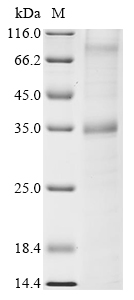


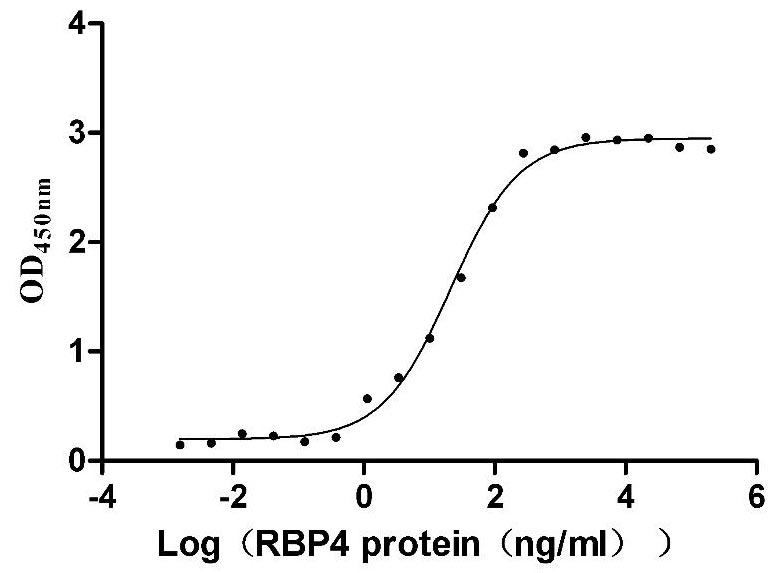
f4-AC1.jpg)
